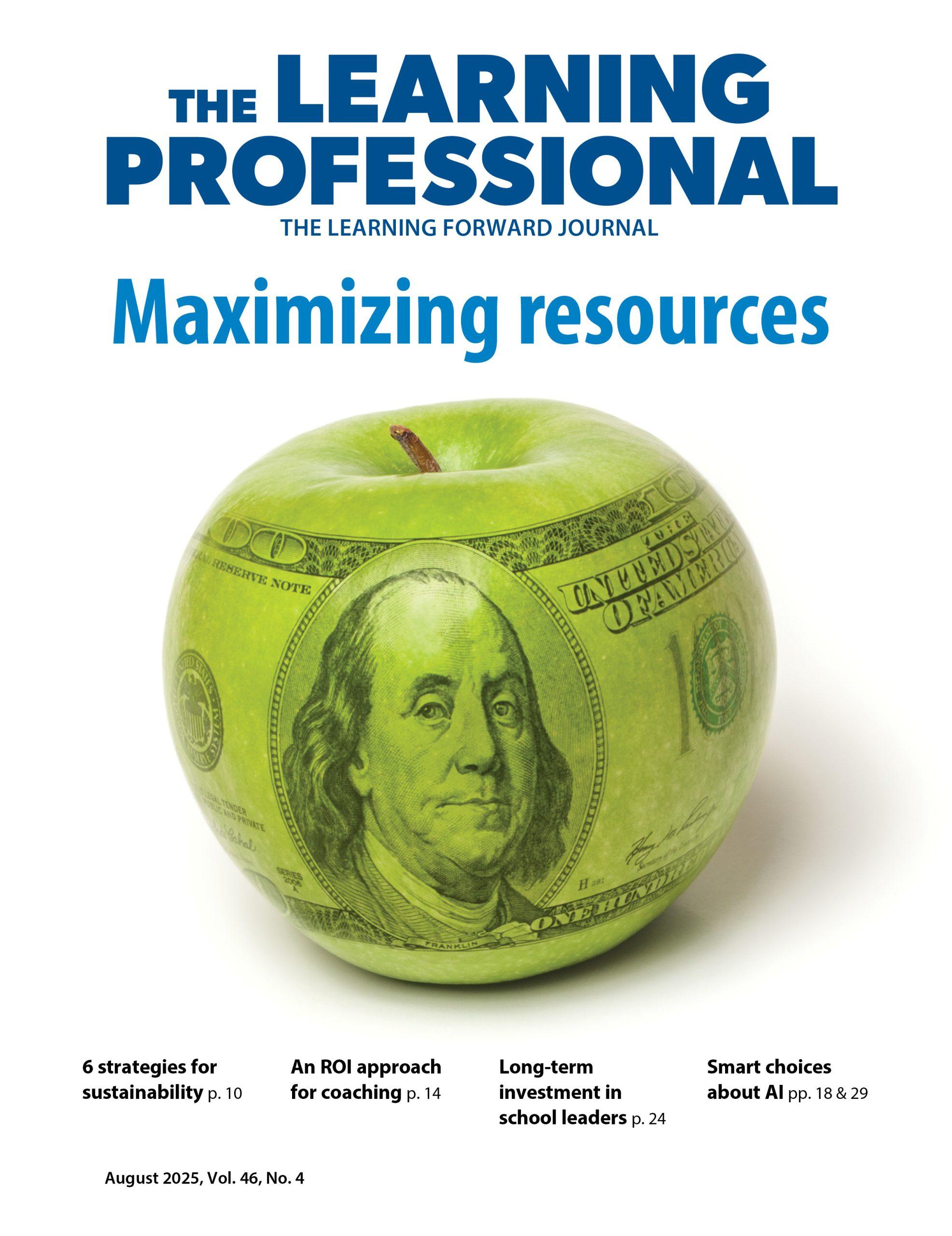FOCUS
Students as education partners
By Emanuelle Sippy and Rachel Belin
Categories: Continuous improvement, DataFebruary 2020
Vol 41, No. 1
Read the remaining content with membership access. Join or log in below to continue.
Sed ut perspiciatis unde omnis iste natus error sit voluptatem accusantium doloremque laudantium, totam rem aperiam, eaque ipsa quae ab illo inventore veritatis et quasi architecto beatae vitae dicta sunt explicabo. Nemo enim ipsam voluptatem quia voluptas sit aspernatur aut odit aut fugit, sed quia consequuntur magni dolores eos qui ratione voluptatem sequi nesciunt. Neque porro quisquam est, qui dolorem ipsum quia dolor sit amet, consectetur, adipisci velit, sed quia non numquam eius modi tempora incidunt ut labore et dolore magnam aliquam quaerat voluptatem.
About the student voice team
The Student Voice Team includes 100 students from across the state of Kentucky, but we don’t speak just for ourselves. Elevating meaningful student voice demands making space for all students to have a role in decision-making, not just a selected few. We are focused on equity, so one of the most important questions we continually ask ourselves and others to consider is: What obligation do I have to students in my world who may be least heard in it?
Because our self-selection process tends to draw students who are successful in school, we know our members cannot represent fully the Kentucky student experience. To do so, we reach out to other students from all backgrounds primarily in the form of student-to-student interviews and roundtables.
We are also intentional about amplifying the voices of students who are least heard by sharing their stories on a range of platforms from social media and blogging to op-eds, policy reports, professional learning, and speaking engagements. We aim not to tell the stories of students for them but to encourage them to tell their own, whether we’re talking with a handful of African American students about race in a predominantly white, rural school; visiting students at a school for the deaf to talk about the challenges of communicating with teachers who are not native sign language speakers; or listening to students in one of the most underresourced school districts speak to their experience of limited extracurricular opportunities.
Categories: Continuous improvement, Data
Recent Issues
MEASURING LEARNING
June 2025
To know if your professional learning is successful, measure educators’...
NAVIGATING NEW ROLES
April 2025
Whether you’re new to your role or supporting others who are new,...
LEARNING DESIGNS
February 2025
How we learn influences what we learn. This issue shares essential...
BUILDING BRIDGES
December 2024
Students benefit when educators bridge the continuum of professional...












